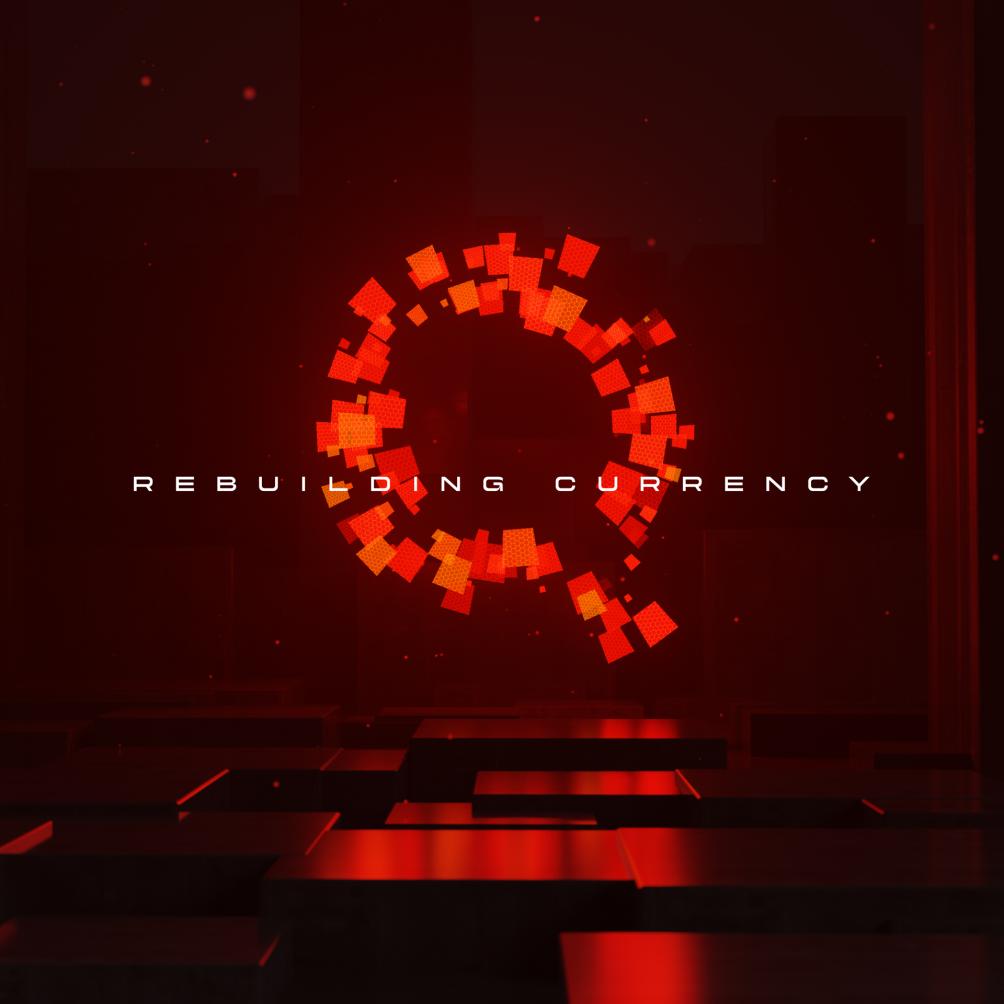
Welcome to the second edition of “This Week in Quai,” an initiative by the development company of Quai Network, Dominant Strategies. This Week in Quai offers weekly updates to the Quai Community by aggregating popular Quai quotes and social posts from the past week and offering a schedule for upcoming events.
Want to get “This Week in Quai” delivered straight to your inbox? Sign up for the Quai Newsletter by Dominant Strategies.
What is Quai?
Quai Network is a pre-launch cryptocurrency. Quai is the first blockchain protocol that is simultaneously decentralized, censorship resistant, and infinitely scalable. Quai, in contrast to traditional cryptocurrencies, functions as a network of many interoperable blockchains braided together. Due to a breakthrough discovery that occurred during research on Proof-of-Work, Quai Network utilizes a new consensus mechanism, Proof-of-Entropy-Minima (PoEM), which eliminates all consensus-based forks, and enables all Quai nodes to remain in “perpetual consensus.”
Quote of the Week
“It would be great to implement [PoEM] on Bitcoin…Net out, it would increase finality in Bitcoin, it would increase the hash efficiency of Bitcoin, and it would increase the security of Bitcoin.”
– Quai co-founder Dr. K, May 16 2023
Dr. K is a co-founder of Quai Network and is the CTO of Dominant Strategies, a software development company working full-time on Quai. Dr. K originally came up with the idea to use merge-mined subnets to scale Proof-of-Work in 2018 while working at Consensys.
Now, in 2023, Dr. K believes he has found the final piece of the puzzle: a new hash-based consensus mechanism called PoEM. PoEM, inspired by Proof-of-Work, differs from existing consensus mechanisms by ensuring that there are never any consensus-based forks in the system, and, thus, that the process of achieving consensus is always instantaneous and universal.
While the benefits of PoEM’s contention-free consensus can be most obviously seen in its ability to asynchronously coordinate an infinite number of chains in a system like Quai, PoEM could also be implemented in Bitcoin. If PoEM was implemented into a system like Bitcoin, it would eliminate the uncertainty in consensus that occurs when two miners propose valid blocks near-simultaneously, enhancing hash efficiency and finality on Bitcoin.
Technical Term of the Week
Intrinsic Block Weight – A measurement of block weight used by Quai’s PoEM consensus mechanism that takes all aspects of the provided hash into account, instead of only the leading zeroes. When measuring intrinsic block weights, nodes will always have a preference between any proposed blocks.
Under hash-based systems like Bitcoin and Quai, a measurement of block weight is used to determine block validity. If a block’s difficulty exceeds the difficulty threshold, nodes will consider the block a valid extension of the blockchain. Quai, however, differs from all other hash-based systems in how blocks are weighted and compared against each other.
Under traditional Proof-of-Work constructions, two near-simultaneously proposed blocks that both exceed the difficulty threshold are treated equally, and nodes have no preference on which block to extend. This is known as a fork. In order for this fork to be resolved, a Proof-of-Work system requires another block to extend one of the forks to be “heavier” than the other, allowing all nodes to reconvene on the correct “tip” or “head” of the blockchain. This uncertainty in consensus causes finality to slow, and, most importantly, requires time to resolve.
Under PoEM, blocks are compared using a measurement of intrinsic block weight. Unlike Proof-of-Work, which treats all blocks that exceed a difficulty threshold as equally valid, Proof-of-Entropy-Minima ensures that all nodes will always have the same preference for which block is next in the sequence. This eliminates the time-based nature of consensus by eliminating the period of uncertainty that occurs due to forks. By offering instantaneous, contention-free consensus, PoEM is the first consensus mechanism able to maintain consensus in a single, coordinated network that contains an infinitely growing number of independently-operating chains.
Top Posts of the Week
- Dominant Strategies launched a 0.3 ETH sticker competition to encourage community engagement and personality in the Quai Telegram:
- Quai Network has been revealed as an official sponsor of the Permissionless 2023 conference:
- A new “go-quai” Twitter account has been set up, that publishes all code updates made to Quai:
- The first edition of “This Week in Quai” was published on the Quai Blog and as a newsletter:
- A community AMA with Quai co-founders Dr. K and Alan was hosted on Twitter Spaces:
- A recording of Quai University Call #7, focusing on subnets, was posted on the Quai Network YouTube:
Upcoming Events
Quai Network Office Hours with Justin: May 23, 2023 @ 10am CST – Join Dominant Strategies team member Justin for a casual discussion/AMA on Quai Network’s technology.
Quai Network University Call #8: May 24, 2023 @ 11am CST – Join Quai co-founder Dr. K for the 8th live University Call lecture hosted in the Quai Discord. Each University Call focuses on a different aspect of Quai’s revolutionary technology.
Quai Network Office Hours with Max: May 25, 2023 @ 9am CST – Join Dominant Strategies team member Max for a casual discussion/AMA on Quai Network’s technology.
